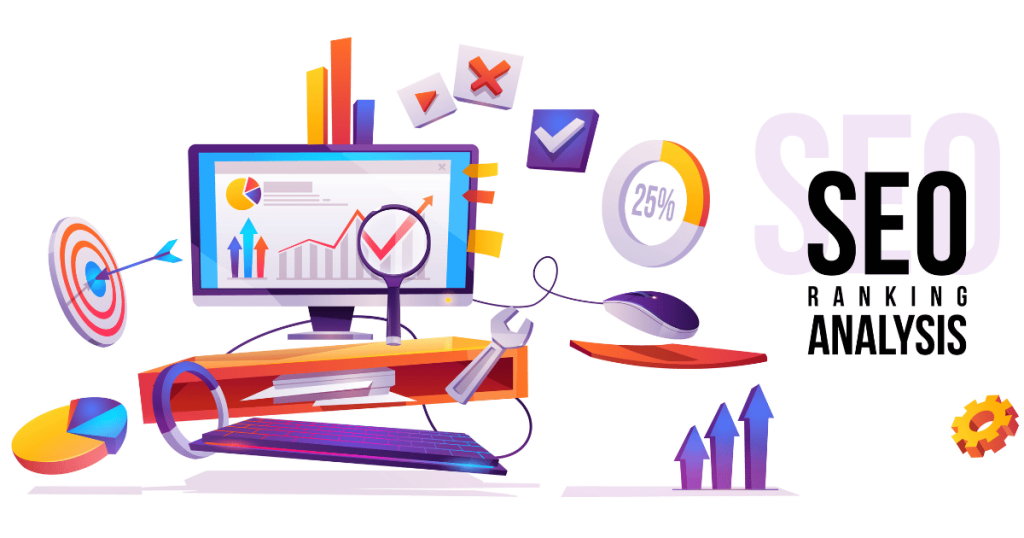Introduction: Why Integration Matters More Than Ever
In 2025, businesses can no longer rely on just one marketing channel. SEO Marketing, SEM Marketing, and Social Media Marketing each bring unique benefits, but when combined strategically, they create a digital ecosystem that drives awareness, traffic, and conversions.
The future of digital marketing in Malaysia is not about choosing one channel over another. It’s about integration — making these channels work together for maximum impact.
The Role of Each Channel
1. SEO Marketing: The Long-Term Asset
- Builds organic visibility on Google.
- Attracts consistent traffic without paying for every click.
- Works best for: establishing credibility, building authority, and long-term brand growth.
2. SEM Marketing: The Quick Win
- Provides instant visibility through paid ads.
- Targets specific keywords with precision.
- Works best for: new businesses that need fast results or seasonal campaigns.
3. Social Media Marketing: The Engagement Driver
- Builds relationships and keeps your brand top-of-mind.
- Perfect for storytelling, audience engagement, and building communities.
- Works best for: increasing awareness and creating brand loyalty.
Why Combining SEO, SEM, and Social Media Works
1. Covering All Stages of the Customer Journey
- SEO Marketing captures people searching for long-term solutions.
- SEM Marketing captures people ready to buy immediately.
- Social Media Marketing nurtures interest and engagement along the way.
2. Data-Driven Insights Across Channels
When these strategies are aligned, data from ads, keywords, and social engagement feed into one another, helping you refine targeting and messaging.
3. Stronger Brand Authority
A business that appears on Google search, has active social media pages, and runs targeted ads instantly feels more credible to potential customers.
How to Combine These Channels Effectively
Step 1: Build a Foundation with SEO
- Optimize your website for relevant keywords like Web Design KL or SEO Marketing Malaysia.
- Create blogs and landing pages that drive organic traffic.
- Ensure technical SEO is solid to support future campaigns.
Step 2: Amplify with SEM
- Use paid ads to target competitive keywords that take time to rank organically.
- Run remarketing campaigns for users who already visited your site.
- Pair SEM with seasonal promotions for quick sales.
Step 3: Engage with Social Media Marketing
- Share your SEO-driven content across social channels.
- Use paid ads on Facebook, Instagram, and TikTok to expand reach.
- Leverage influencers or KOCs to create social proof.
Step 4: Sync Analytics and Goals
- Track KPIs across all three: rankings, ad conversions, and social engagement.
- Use insights from one channel to optimize another (e.g., high-performing SEM keywords can inspire SEO blogs).
Real-World Example of Integration
A corporate brand in Malaysia launches a new service:
- SEO Marketing builds long-term organic content targeting “Corporate Web Design Malaysia.”
- SEM Marketing runs Google Ads to instantly capture search traffic for “best corporate website design.”
- Social Media Marketing runs Instagram and LinkedIn campaigns showcasing case studies and testimonials.
Together, these touchpoints ensure the brand is visible at every stage of the buyer journey.
In 2025, the future of digital marketing is no longer about picking one channel. To stand out in Malaysia’s competitive online landscape, businesses need to combine SEO, SEM, and Social Media Marketing into a cohesive strategy.
When done right, integration doesn’t just increase visibility — it multiplies results.



